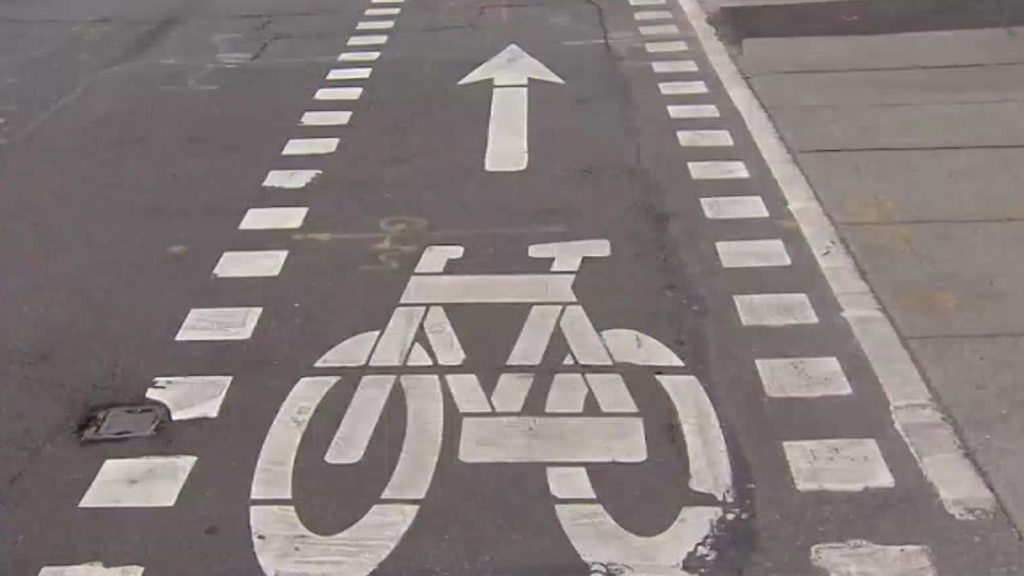Crossing the Canada-U.S. border? Here’s where you can get your COVID-19 test
Posted November 19, 2021 1:35 pm.
The federal government’s announcement that negative COVID-19 molecular tests will no longer be required for people returning from the United States who were there for less than 72 hours marks the latest easing of pandemic-related travel restrictions.
The change, which will take effect on Nov. 30, came amid pleas from the mayors of border communities and leaders from various industries in the private sector who called for dropping the requirement of a molecular test (PCR, NAT, NAAT, or RT-LAMP), citing delays at crossings, the impact on the economy and the cost of the tests — which can be as high as $300.
RELATED: Canadian describes getting free COVID-19 tests in the U.S.
It was on Nov. 8 when people in Canada were allowed to cross into the United States through a land or border crossing for non-essential purposes.
As travel between the two nations is expected to ramp up in the coming weeks and months, here are the COVID-19 rules for travelling and related testing resources to help with trip planning as of Nov. 19, 2021.
Travelling to the United States from Ontario
If you’re travelling by land or water, proof of full vaccination is needed to enter the United States but proof of a negative test isn’t needed. However, if you’re flying into the country and aren’t a U.S. citizen, you will need to show proof of vaccination and proof of a negative antigen test taken within three days of arrival.
When it comes to getting antigen tests in Ontario, certain pharmacies and private clinics offer tests for travel purposes for a fee. Click here for a list of pharmacies in Ontario to contact about booking tests.
Click here for the latest health-related recommendations for travellers by the Centers for Disease Control and Prevention.
Travelling to Ontario from the United States
Under current Government of Canada regulations, fully vaccinated travellers generally need to show proof of a negative molecular test taken within 72 hours of the scheduled flight departure time or scheduled arrival time at a land border to avoid quarantine and follow-up testing. Proof of full vaccination (two doses of Pfizer-BioNTech, Moderna or Oxford-AstraZeneca, or a single dose of Johnson and Johnson) will also need to be uploaded through the ArriveCAN app. After Nov. 30, Sinopharm, Sinovac and Covaxin will be added to the list of recognized vaccines based on World Health Organization recognition on an emergency use basis even though as of Nov. 19 those vaccines weren’t authorized to be administered in Canada. Despite these requirements, there might be a random test required on arrival.
After Nov. 30, the molecular test requirement for trips less than 72 hours will take effect for Canadians, permanent residents and individuals registered under the Indian Act. In an announcement on Nov. 19, officials said these criteria will be re-evaluated at a future time and could be extended to other groups. However, proof of vaccination, a quarantine plan and other declarations will still need to be inputted into the ArriveCAN app before arriving at a border crossing.
While Canadian residents are eligible to enter the country even if they aren’t fully vaccinated, they need to complete a mandatory quarantine and a follow-up test on day eight of entry in the absence of proof of full vaccination or if they have symptoms consistent with COVID-19.
Testing resources in states bordering Ontario
The U.S. Department of Health and Human Services and state governments maintain lists of entities that provide no or low-cost testing options for consideration:
New York
CVS Health, Rite Aid, Walgreens, Walmart/Quest Diagnostics, and other local independent pharmacies. Local community health centres might have availability as well.
Click here to access the State of New York’s COVID-19 testing options.
Michigan
CVS Health, Rite Aid, Walgreens, Walmart/Quest Diagnostics, and other local independent pharmacies. Local community health centres might have availability as well.
Click here to access the State of Michigan’s list of private laboratories.
Minnesota
CVS Health, Walgreens, Walmart/Quest Diagnostics, and other local independent pharmacies. Local community health centres might have availability as well.
Click here to access the State of Minnesota’s list of COVID-19 testing sites for consideration.
Testing resources for all 50 states
Click here to access the U.S. Department of Health and Human Services list of testing options by state by changing the menu option at the top.
For those flying back to Canada, check with the departing airport’s website as many facilities offer COVID-19 testing services.








